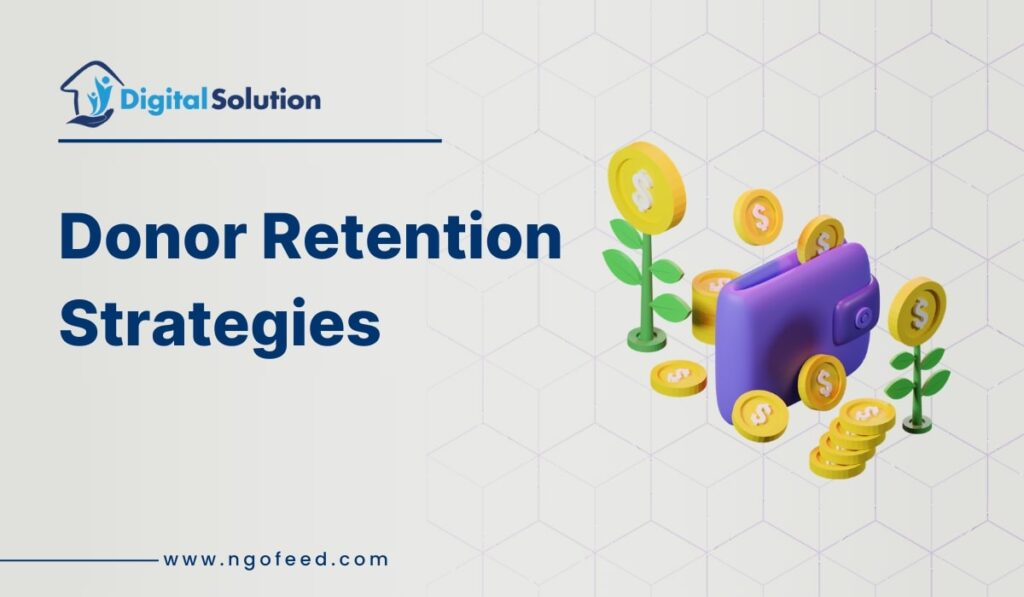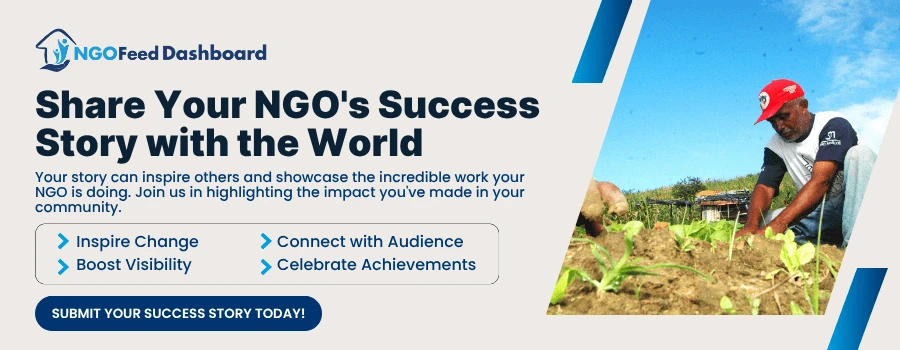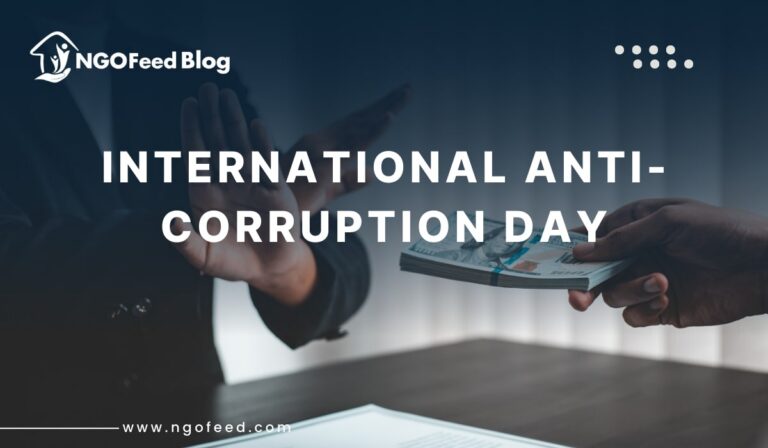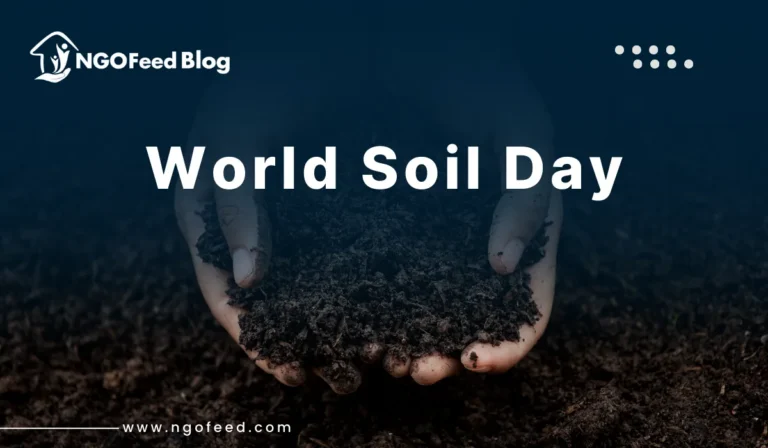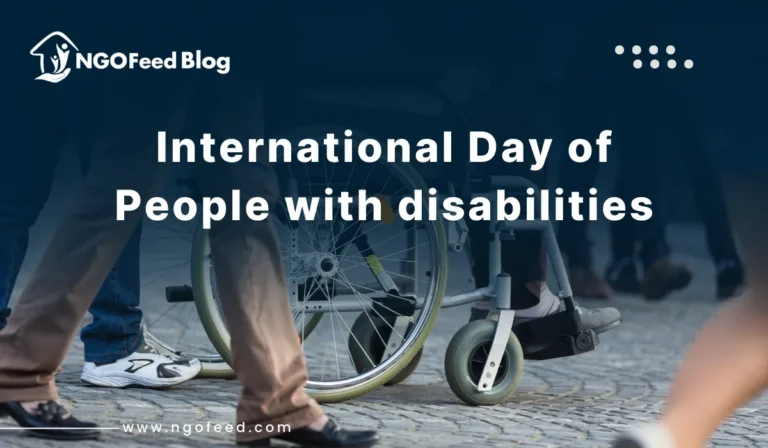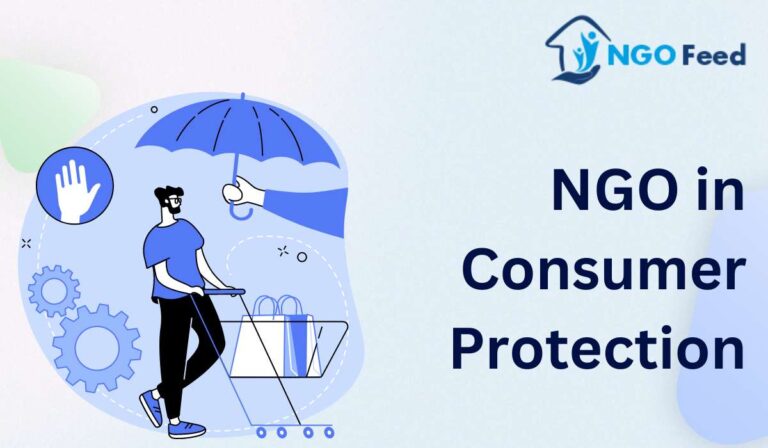Donor Retention Strategies for NGOs: Non-profit organizations face their greatest challenge after securing donations when they need to sustain donor commitment over several years. Research indicates that maintaining existing donors offers organizations higher financial returns than the process of acquiring new contributors does. Donor retention stands as a critical organizational weakness for numerous NGOs, which produces both lost chances and insecure fundraising structures.
Groups that depend on public donations see donor retention beyond financial value because it demonstrates the success of their relationships and confirms their ability to generate enduring impact. The contribution of each donor who stays with the organization extends beyond recurring payments into enhanced levels of financial support and advocacy as well as community outreach. High rates of donor attrition tend to reveal problems in the relationship between organizations and their supporters about communication, transparency, or donor value.
Also Read: Gamification in Volunteering
The numerous active causes in the current fundraising environment prompt NGOs to move past basic gratitude because they need to construct meaningful, enduring relationships with their contributors. Proper donor retention requires organizations to comprehend what drives their supporters while showing measurable results through every donor interaction.
This article investigates direct donor retention methods from personalized communication and feedback loops to impact storytelling and donor recognition programs. Your organization of any size can use these donor retention strategies to build solid donor relationships, which lead to increased recurring donations for the growth of your mission foundation.
Table of Contents
Why Donor Retention Strategies Matter for NGOs?
Non-governmental organizations (NGOs) in India build their future success on donor retention rather than treating it as an exclusive fundraising approach. Organizational sustainability in the long term depends heavily on the ability to sustain relationships with existing supporters, even though new donor acquisition offers short-term benefits.
1. Cost-Effective Fundraising
Organizations find it much more expensive to find new donors than it is to maintain their current ones. Nonprofit outreach activities combined with advertising expenses use up considerable organizational resources when trying to attract new people. Existing donor retention provides NGOs with the most efficient use of funds when organizations nurture existing relationships based on preexisting trust.
Also Read: Microdonations for Nonprofits
2. Predictable and Sustainable Revenue
Recurring donations provide financial stability. The commitment of donors allows NGOs to create better action plans by knowing their money will remain steady. Organizations build better abilities to expand their reach as well as commit to enduring projects because of this forecasting capability.
3. Stronger Community and Advocacy
Regular financial support from donors transforms them into vocal proponents of the organization. Donors who maintain their commitment share information about the organization and recruit additional supporters and give personal time to activities, and promote the organization through their personal contacts. The NGO benefits from sustained donor participation because their support activates additional growth, both in reach and credibility for the organization.
4. Reflection of Organizational Health
The consistency of retained donors generates evidence that NGO work combines openness with productive impact and audience engagement. Donor drop-offs that occur regularly often reveal problems with donor communication, together with donation experience problems, and unresolved alignment issues. Tracking retention enables organizations to discover internal problems that lead to donor loss so they can take preventative measures swiftly.
Also Read: Gen Z is the Next Wave of Donors
The process of retaining donors extends beyond money maintenance because it allows organizations to build communities that passionately support their mission. Down the line, your organization gains foundation strength through deep connections with donor relationships.
Understanding Donor Behavior for Donor Retention Strategies
Organizations need to understand both donor attrition patterns and the factors responsible for keeping donors involved
The first step for NGO donation retention improvement requires organizations to pin down both the factors behind donor contributions and specifically the drivers of donor disenrollment. Organizations can develop stronger donor engagement strategies when they understand the emotional, as well as social and practical reasons, donors support their mission.
1. Why Donors Give
The primary reasons donors contribute funds stem from their relationship to particular causes, along with their burning desire to effect positive change and their commitment to social duty. Each donor bases their contribution on different principles, ranging from personal values learned through experiences to being influenced by community impact or cultural-religious beliefs and the power of storytelling. Your understanding of donor preferences enables you to develop communication methods that match their donating reasons.
Also Read: How to Manage your Nonprofits Budget?
2. Why Donors Stop Giving
Multiple factors lead to donor attrition, although financial reasons do not always lead to attrition. Common causes include:
- Lack of communication or appreciation
- Donors fail to experience visible outcomes from their monetary contributions
- When donors feel estranged from the organization, they become unengaged since they feel unimportant to its activities.
- Too many or impersonal donation requests create donor oversaturation.
- The way someone values themselves or their ability to give money
3. The Role of Emotion and Connection
Donors typically maintain their commitment to donations when they can build emotional ties with the organization. The foundation builds donor loyalty by maintaining regular, meaningful conversations together with visible, effective outcomes as well as sincere thank-you expressions. Exchange relationships between donors and mission partners are more important than treating them as simple fundraising sources.
Also Read: Viral Nonprofit Campaigns for Optimal Impact
4. Segmentation and Insight Gathering
Researching donors through their giving background helps identify their giving preferences and frequency while exposing their specific interests regarding the organization. According to donor research, which includes surveys together with feedback forms supported by interview discussions, provides crucial information about what donors need and expect. The better the insight, the better the strategy.
NGOs will create stronger donor relationships by studying donor conduct, thereby improving satisfaction rates and securing continuous support.
Donor Retention Strategies for Personalized Communication and Engagement
Trust-based relationships form through message customization as well as genuine donor interactions
Because people today receive excessive information through many channels, generic messages become ignored. When charitable donors receive messages that address their values and giving history, and personal interests, they become more likely to maintain their support. The use of targeted messages builds stronger donor connections because people feel truly recognized and respected through this practice.
Reach out to donors with their names in the communication, along with recognition for previous support through contact channels that they prefer (email, WhatsApp, direct mail, etc.). Your donor segmentation should generate specialized material for global segments, which include initial supporters together with monthly and substantial financial contributors. Ask for money alongside your efforts to show donors stories and give invitations to attend events, and recognize key achievements together. Your outreach authenticity, together with offer relevance, enables stronger connection building with your donors.
Also Read: Tips for Building Long-Term Relationships with Donors
Demonstrating Impact and Transparency
You should display to your donors how their monetary contributions actively transform the organization.
When donors fail to observe how their contributions help the organization, they tend to cease financial support. The way you show what your support achieves proves essential for building trust and proving the significance of ongoing support.
Share updated information about donation utilization in the form of both reports and visual and video presentations that showcase the recipients’ stories periodically. Organizations should simplify complex information by converting it into visual infographics along with clear narratives that depict quantitative achievement results. The disclosure of financial information, together with organizational objectives and difficulties, helps donors view the organization as mission-oriented while ensuring financial accountability.
Also Read: Foundation Vs Charity Vs Nonprofit
Donors who observe tangible outcomes from their donations will sustain their emotional and financial backing for the organization.
Donor Retention Strategies for Recognition and Relationship Building
Your organization grows a lifelong donor support base through the practice of donor recognition alongside active involvement programs.
Donor recognition serves purposes beyond basic gratitude because it creates a sense of essentiality for the donors’ mission contribution. The sincere appreciation of donors leads them to maintain their devotion to your organization and eventually develop increased support levels.
Also Read: CSR Funding for NGO
A correctly designed donor recognition plan does not require excessive costs or grandeur to be effective. Matters of personal care, whether small or big, can create enduring memories. The combination of personally written emails together with handwritten notes, or brief calls demonstrates effective donor appreciation methods. Your donors will develop stronger pride and belonging in the cause when you share their support in newsletter publications, social media platforms, or your annual reports.
The key element follows relationship-building practices. Your organization should create opportunities that enhance donor relationships with your mission. Direct them to special updates and ask them to witness behind-the-scenes happenings and offer volunteer or participation-based opportunities. Your organization should recognize important achievements that you share with their accomplishments, as well as your own. The combination of recognizing donors’ donation anniversary dates together with birthdays creates unique bonds that lead to enhanced emotional loyalty.
Also Read: How to Use Content Marketing to Tell Your Nonprofit Story and Drive Engagement
Organizations should establish equal relationships with their donors while recognizing them as vital partners instead of simple monetary contributors. You should request their input while listening to their experiences and displaying the direct impact their contributions have on your organization. Donors who feel like they co-create the changes they support will increasingly dedicate loyalty toward your cause, even through their advocacy work.
Investing time and remaining consistent will lead to rewarding donor relationships. Donors who experience true value in connection with an organization will convert into lifelong supporters who provide financial resources, together with long-term trust and advocacy and enduring organizational backing. Fundraising develops into a meaningful partnership through recognition and building relationships that reduce transactions to meaningful partnerships.

